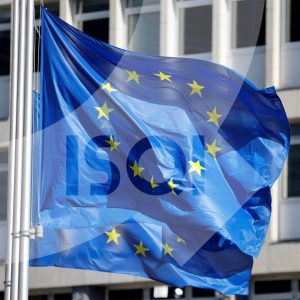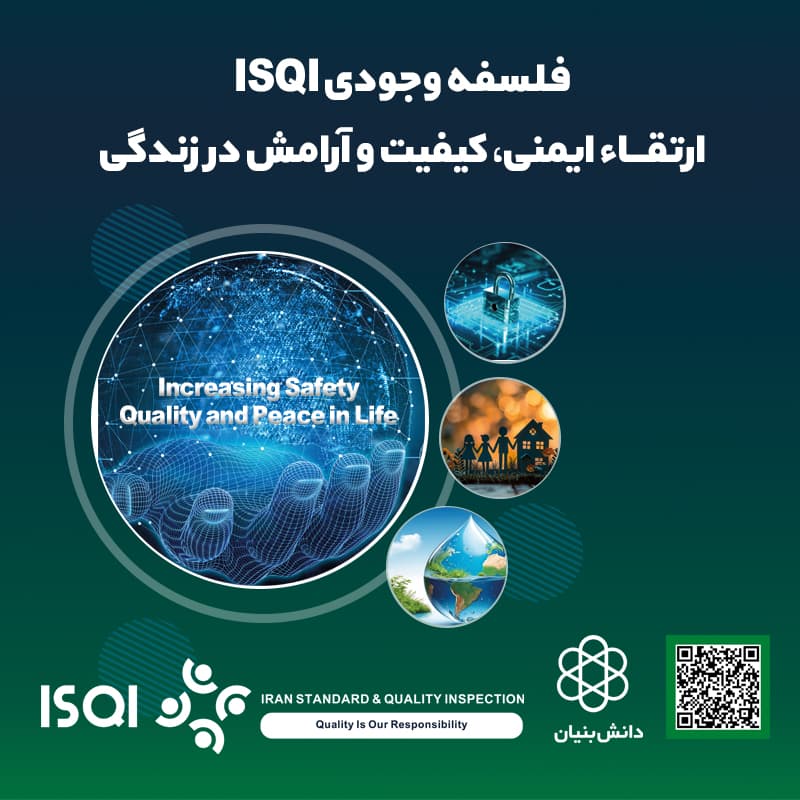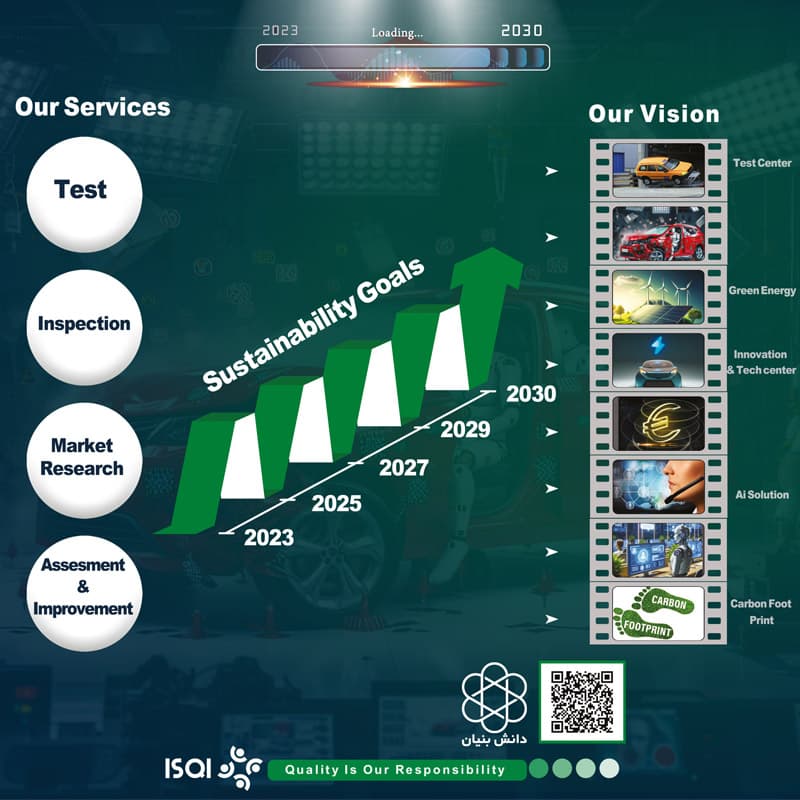For us as market research agencies, it’s crucial to inquire about what foundational knowledge is preferable when developing an individual as a senior marketing research specialist. In simpler terms, which academic disciplines are more suitable for this profession. Currently, graduates in statistics, industrial engineering, management, social sciences, and others are active in this industry. However, the key point is that all these individuals should be familiar with applied statistical concepts.
Suppose someone wants to design a questionnaire in the framework of a structured research method. The reliability of a questionnaire is usually measured by reliability and validity. In general, questions that have a high correlation with each other can be deleted if the research tool has a limitation on the number of questions. Therefore, in the first step, the researcher must have a good understanding of the concept of correlation. The second indicator for determining the reliability of a questionnaire is Cronbach’s alpha. Naturally, as long as we do not know exactly how to calculate it and do not know the concept of internal consistency, we should only refer to the numbers obtained. In understanding the calculation of Cronbach’s alpha, we will be dealing with concepts such as covariance and variance. Therefore, researchers must also be familiar with these concepts.
On the other hand, in research methods, we deal with sampling methods. Usually, sampling methods include error (e), confidence level (CL), coefficient of variation (CV), and population size (N). Each of these concepts, if not deeply understood, can lead to one of the following two states.
ither the number of selected samples will not cover the research population, or we will waste resources.
Let’s assume again that we have valid data and we, as researchers, want to analyze it. Initially, we need to know the distribution function of our data. Why? Because all statistical analysis methods are divided into two categories: parametric and non-parametric. If we conclude at the beginning that our community is normal with a simple normality test, we choose one set of tests, and if it is not normal, we go to another set of data. In normal data, tests such as T-Test to investigate the relationship between two groups or analysis of variance should be used with a hundred percent understanding of the usage of these tests.
Another major drawback in the use of statistical methods in market research in Iran is in the use of concentration indicators. We have three indicators of focus measurement: mean, median, and mode. But strangely enough, we always use the mean. Why? Because the use of the median and mode is usually not discussed in universities and internships. This is also very true for variance and standard deviation. Dispersion indicators that give us incredibly important information, but we use them less.
Let’s examine this issue in the form of an example. We have a customer satisfaction survey question from the customer service index in two branches of a cosmetics brand, both of which show us a score of 73. At first glance, these two branches are considered to be the same in terms of customer service. But suppose the standard deviation of branch one is 5 and branch two is 10. What is our analysis now? Branch two has significantly more dissatisfied customers than branch one, and on the other hand, there are more people who are extremely satisfied. In a sense, it does not deal with the audience in a homogeneous way. It makes one part of the community very happy and another part completely unhappy.
Statistics is the mother of the modern sciences required for market research. It is certainly not the only knowledge needed, but a necessary condition for every market research specialist is to have a deep understanding of the basic principles of statistics. The day of statistics and planning, which falls on the first of Aban month, is a time when we must once again pay special attention to the importance of statistics as the fundamental science of market research.
BABAK ESMAEILIAN, Active in the Market Research Industry
Source: Donya-e-Eghtesad







